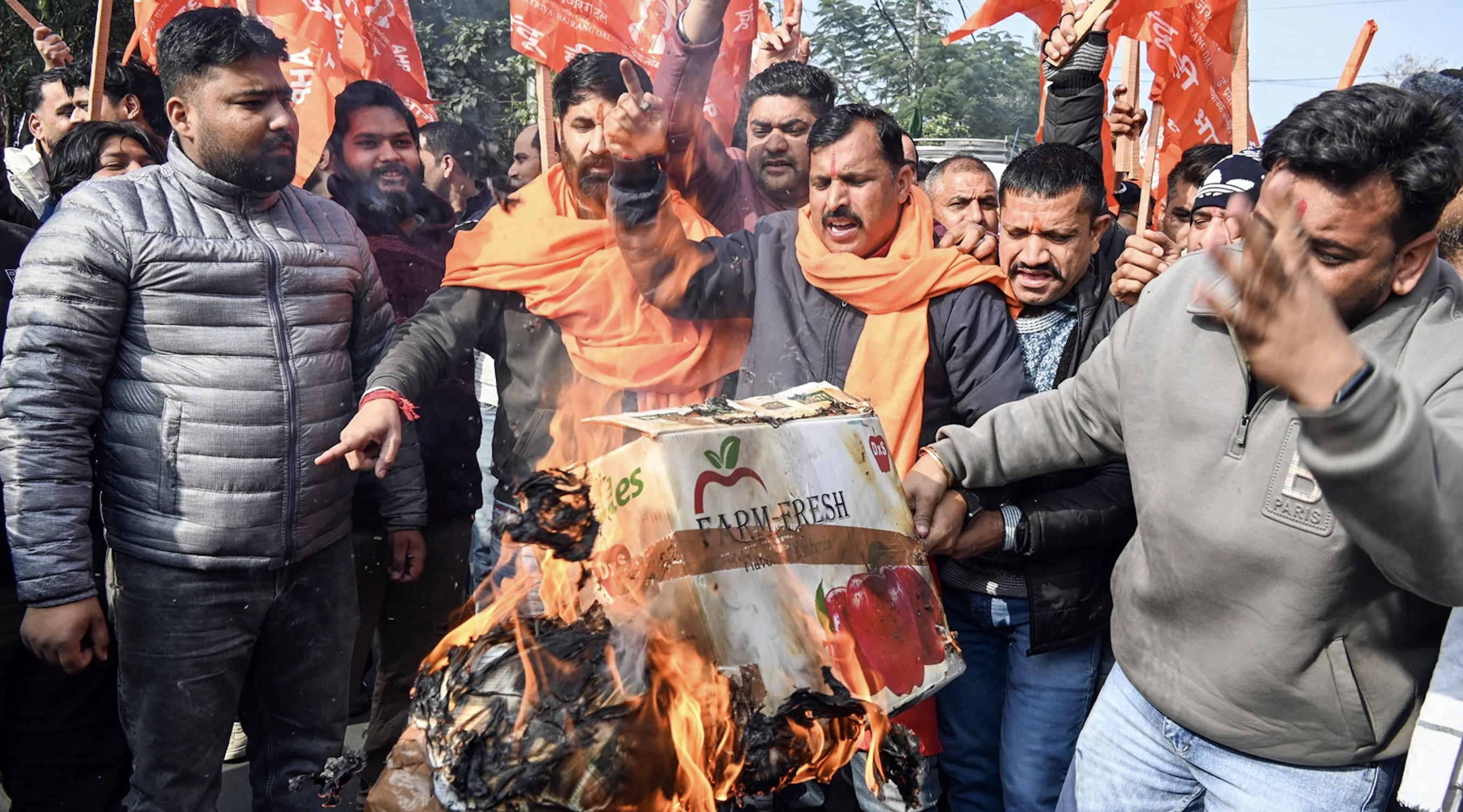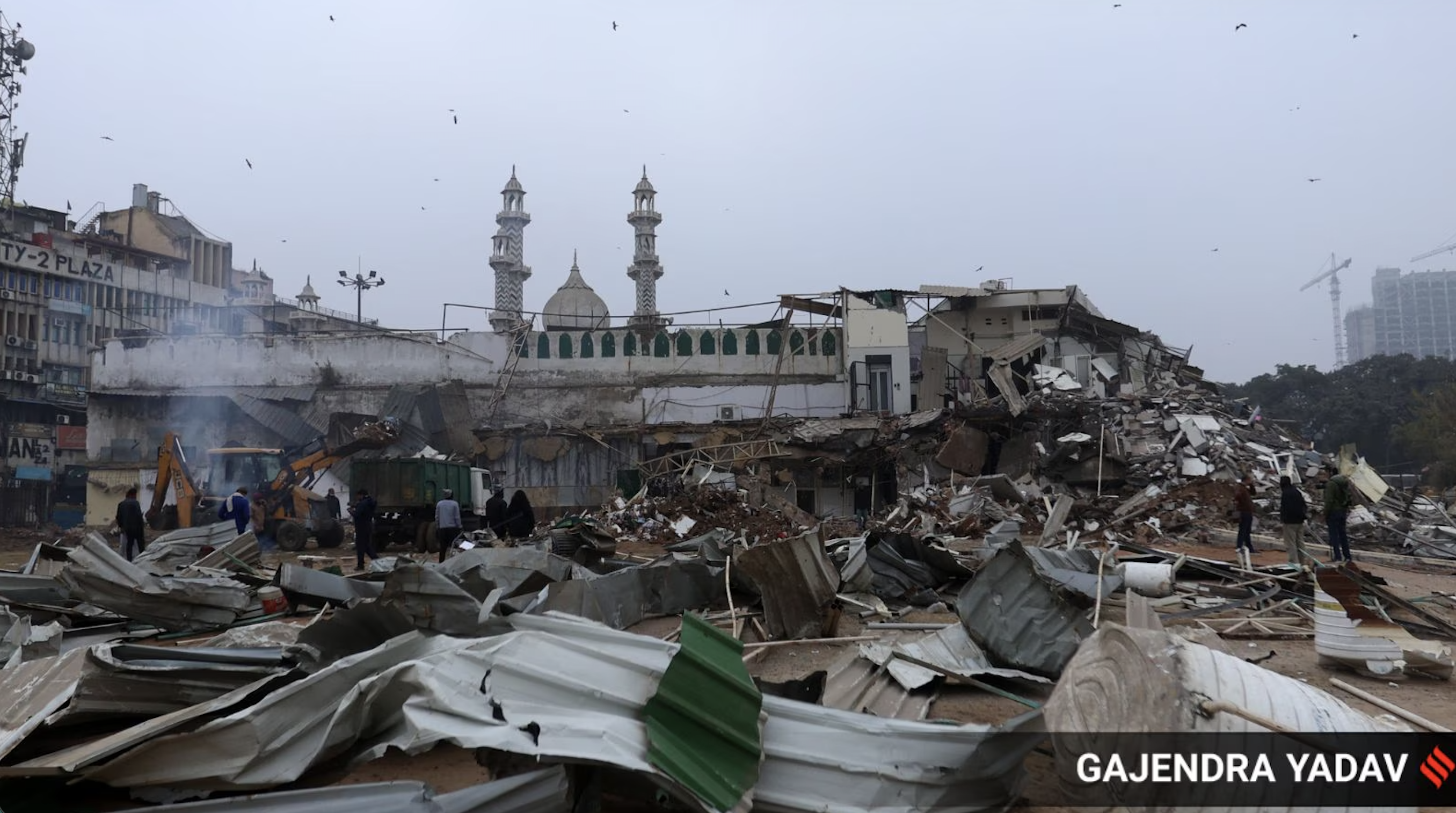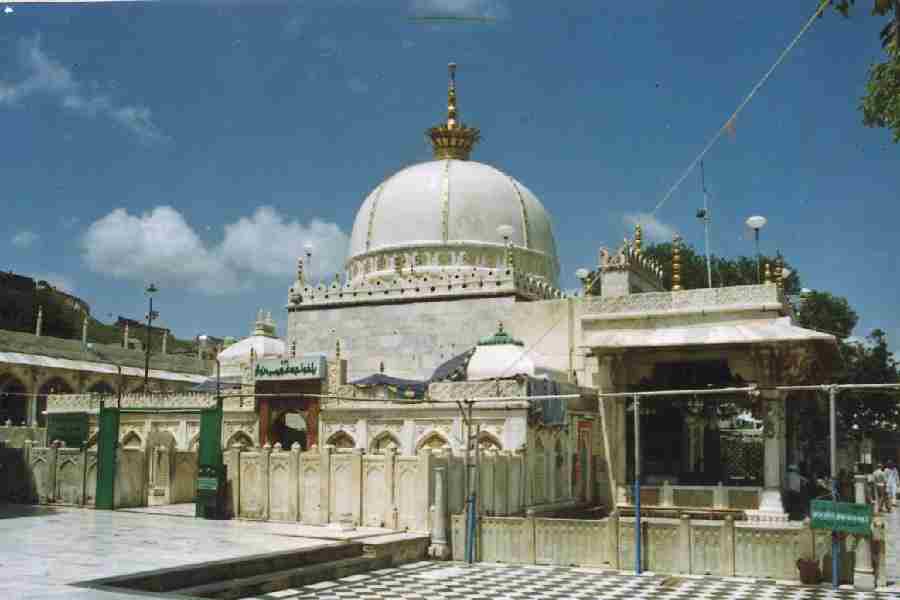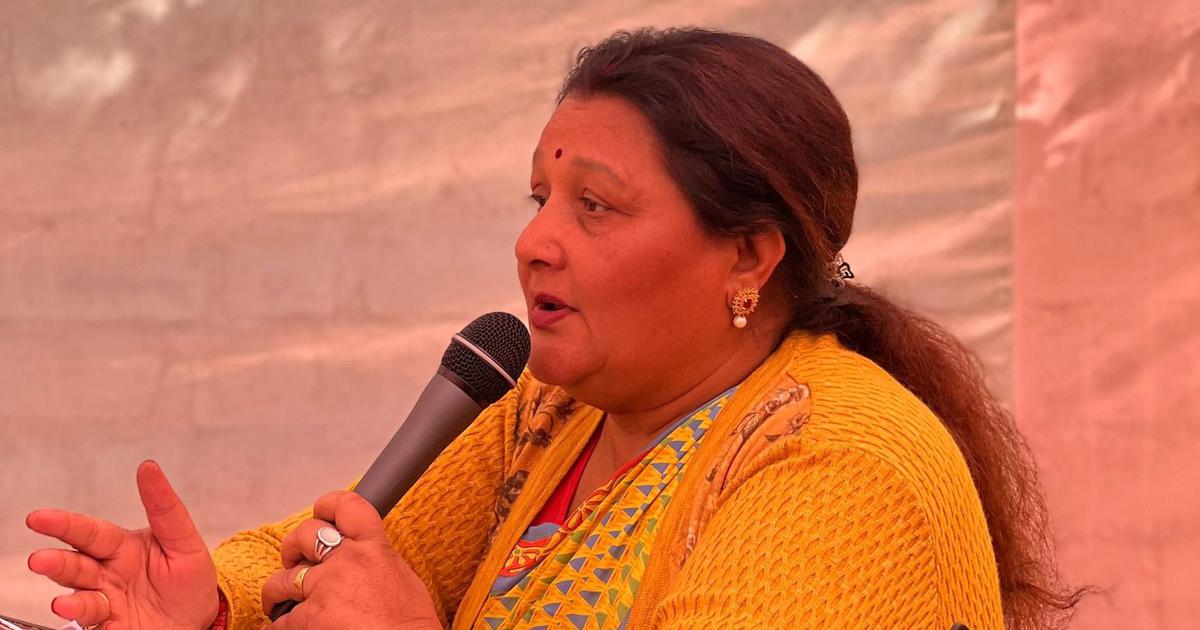
By Lal Dena / The Wire / World Crunch
NEW DELHI — Of all the religions of the world, Hinduism is perhaps the most liberal and accommodating. It is one of the richest philosophies, embodying rich culture and codes of behavior.
One fundamental characteristic of Hinduism is its spirit of tolerance. True Hinduism teaches that one has to respect other faiths: “a true Hindu can go to the extent of allowing others the right to be wrong,” Shashi Tharoor writes in Why I am a Hindu. This quality of mutual acceptance of differences begets tolerance, which is the hallmark of true Hinduism.
Hinduism does not claim that it is the only way of salvation. A true Hindu believes that he follows a true path and at the same time he also understands that others also follow their own paths.
Commenting on the universalism of Hinduism, in his speech at Chicago’s Parliament of World Religions on September 11, 1893, Swami Vivekananda solemnly affirms, “I am proud to belong to a religion which has taught the world both tolerance and universal acceptance. We believe not only in universal toleration, but we accept all religions as true.”
Rejecting civic nationalism
This clearly shows that a true Hindu does not claim a monopoly of truth. He firmly believes in interfaith coexistence with a spirit of live and let live. Given the broad meaning of Hinduism and its universalism, let us now focus on Hindutva ideology.
Hindutva does not simply mean Hindu-ness. It is beyond that. It has nothing to do with spiritualism but everything to do with political economy. Its ideology is neither Hindu nor India. Vinayak Damodar Savarkar borrowed and imported the concept from the West, particularly from Hitler’s Nazism and Mussolini’s fascism. These two together provided the foundational root of Hindutva ideology.
Savarkar and M.S. Golwalkar rejected the multi-ethnic structure of India’s unity. According to them, a Hindu was “one who considers India to be his motherland (matrbhumi), the land of his ancestors (pitrbhumi) and his holy land (punyabhumi).”
Christophe Jaffrelot says, ”Savarkar and Golwalkar crystalized the identity of Hindutva while borrowing most of their political concepts from the West. They indeed internalized the Western – mainly German – notion of ethnic nationalism as a means of strengthening Hindus against their enemies.”
The two strands of Hindutva ideology thus lay down three essentials of Hindutva, namely, a common nation (Hindu Rashtra), a common race (jati) and a common civilization (sanskriti). In Savarkar’s vision of Hindu Rashtra (Hindu nation) there is only one culture that is a Hindu culture: there is only one language, that is Hindi and there is only one religion, that is Hinduism.
Savarkar and Golwalkar flatly rejected the territorial or civic nationalism which includes all peoples born in India. They accepted only the cultural nationalism of a Hindu culture. According to them, political salvation does not lie in Indian democracy, but in embracing Hindu ‘dharmacracy’. The longterm objective of Hindutva is therefore to declare India as Hindu Rashtra.
No standing for Muslims and Christians
Under the Hindu Rashtra as envisioned by Savarkar and Golwalkar, Muslims and Christians will automatically have no locus standi in their land of birth. Hindutva is thus seen as an ideology seeking to establish the hegemony of Hindus, Hindu values and the Hindu way of life in all aspects of Indian life.
According to Hindutvavadis, Muslims and Christians are not bonafide Indians because they are not Hindus even though they are born and brought up in India. They argued that Islamism and Christianity were born outside India. Islamists put their faith in Prophet Mohammed and their holy place is Mecca in Saudi Arabia. Similarly Christianity is also originated in Palestine and their holy place is in Palestine. Given the choice between their motherland, India, and their holy land, Savarkar argued that the Muslims and Christians would opt for Mecca and Jerusalem.
A new mantra of unification and purification.
In his scheme of Hindû Rashtra, there could be only Hindu Muslim and Hindu Christian, not vice versa. Therefore, the Hindutvavadis concluded that both the followers of the two ‘foreign’ religions are not loyal to Mother India or Bharat Mata. At most, Muslims and Christians may be treated as ‘second class citizens’.
To quote Golwalkar (1939) again:
“The foreign races in Hindustan must either adopt Hindu culture and language, must learn to respect and hold in reverence Hindu religion, must entertain no ideas but those of glorification of the Hindu race and culture…Or may stay in the country, wholly subordinated to the Hindu nation, claiming nothing, deserving no privileges, far less any preferential treatment – not even citizens’ rights”.
In this context, Savarkar’s new mantra was sangathan (unification of Hindus) and shuddhi (purification in religious terms).
A politics of hate
According to Sarvarkar, in pre-Mughal and pre-colonial eras, there were no Muslims or Christians in peninsular India. The forefathers of present Muslims and Christians were all once Hindus and therefore, the Hindutvavadis solemnly affirmed that both the Muslims and Christians must be reconverted into Hinduism.
One speaker at the three-day ‘Dharma Sansad’ conclave at Haridwar in December, 2021, made a call to the army and police to pick up weapons and participate in the task of establishing a Hindu Rashtra in India. Thus on December 31, 2021 several former chiefs of our Army, Navy and Air Forces, and many more senior veterans were busy drafting a letter to the President and Prime Minister of India to stop the call for genocide of Indian Muslims and Christians.
As a matter of fact, many non-Hindu officers and higher-ups both in the civil and army, have been fighting and will continue to fight for the defense of their country up to the last ounce of their strength. Their religions do not teach them to be disloyal to their country.
Hindutva ideology divides Indians through a politics of hate. It preaches a message of hatred among the Indian communities, saying, “thou shall hate thy neighbor”; and “thou shall murder thy group’s enemy”. How many Christians and Muslims have been murdered in the name of religion? To make matters worse today, the anti-conversion act is being vigorously enforced in mainland India where many Christians and Muslims are being tortured and killed. The same act is being contemplated to be introduced in Karnataka. Almost everywhere and every day in mainland India, Christians are being threatened for demolition of their churches or persecutions for their faith.
In fact, the year 2021, had witnessed the highest number of persecution of Christians in the country, with reported cases reaching 486. The worst states are Uttar Pradesh, Chhattisgarh, Jharkhand, and Madhya Pradesh. Considering the rapid sraffronisation of the country, no one can say this will not happen in northeast India.
Hindutva undermines individual freedom. As a matter of fact, in the Hindutva scheme of building a Hindu Rashtra, an individual is sacrificed to the state. In this connection, Golwalkar emphatically again says: ”The ultimate vision of our work – is a perfectly organized state of society wherein each individual has been molded into a model of ideal Hindu manhood and made into a living limb of the corporate personality of society”.
In short, the long-term objective of Hindutva is to establish Hindutva’s totalitarianism which will be the source of all values and meanings – absolute sovereignty of Hindu Rashtra.
To whom does India belong?
Prime Minister Narendra Modi has become the ambassador of Hindu Rashtra. Having controlled both the two houses of parliament, the BJP government is now pushing us towards a totalitarian Hindu Rashtra. In fact, Modi’s fascism has now become a hot topic even on international platforms.
Let us ask a simple question. To whom does India belong? India belongs to all citizens of India irrespective of caste and creed; and all citizens of India, big or small, belong to India. No Hindutvavadis can claim the sole ownership of India and impose their ideology upon all sections of Indian society simply because they are a majority community. What were their contributions towards the freedom of the country?
The nationalist freedom movement of Mahatma Gandhi comprised all sections of Indian society.
The pages of modern Indian history have clearly shown that the nationalist freedom movement under the leadership of Mahatma Gandhi comprised all sections of Indian society. The idea of India cannot be narrowed down to one community’s interests.
The fundamental DNA of India, as Shashi Tharoor has pointed out, “is one land embracing many – unity in diversity” built on the solid structures of democracy, socialism and secularism as enshrined in the Constitution. It is inclusive, tolerant and pluralist.
India’s freedom movement is one of the biggest mass movements in history including all sections of Indian society. No community, however powerful, has any right to manipulate the ownership of India and impose its narrow and fanatic viewpoints upon others.
This article first appeared on worldcrunch.com






